How Porto is reinventing its wine heritage
A multimillion-euro reimagination of Porto’s storied wine district has made it even more of a draw for tourists. Lauren Jade Hill explores
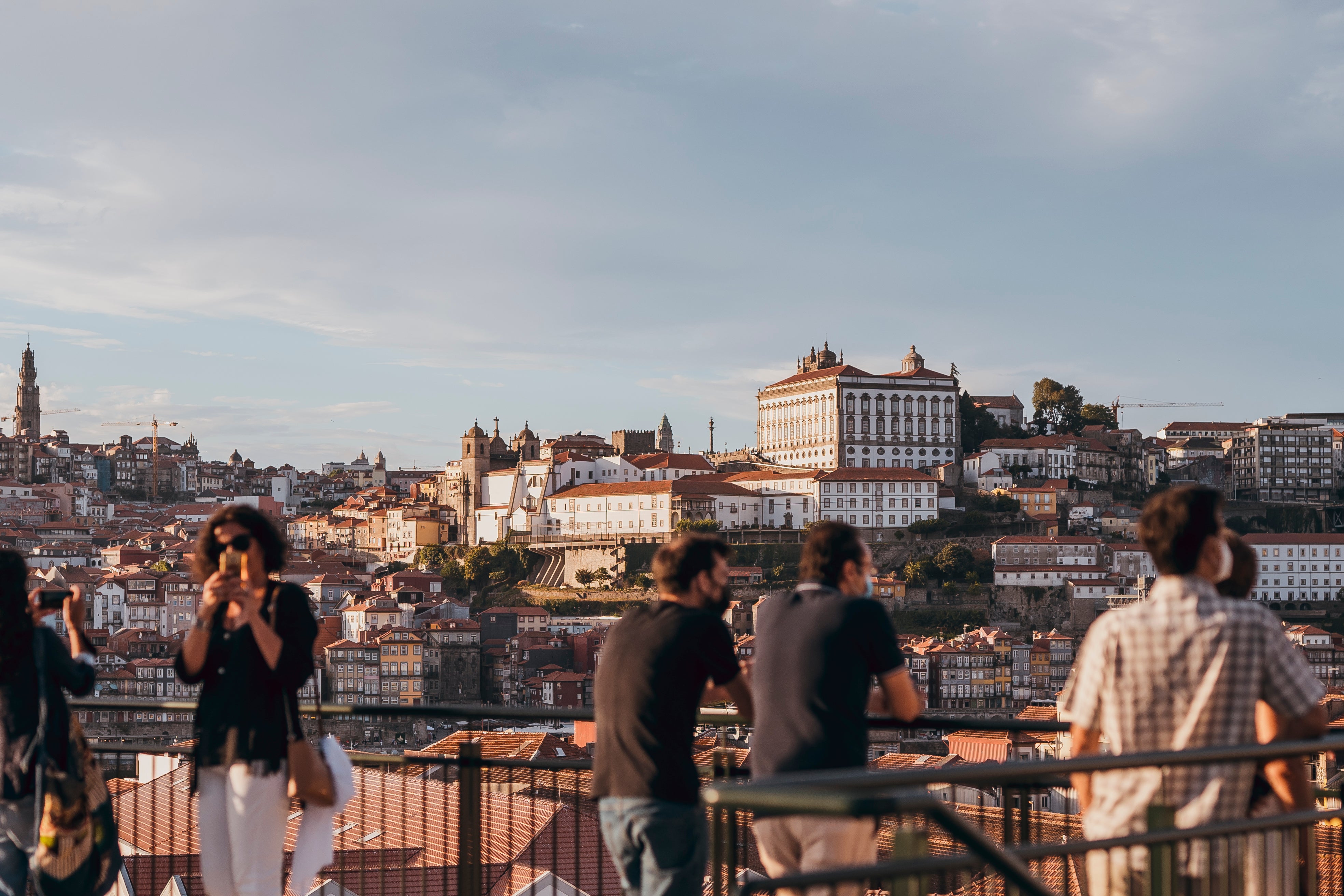
Many locals in Porto will tell you that while Lisbon is the capital of Portugal, Porto is Portugal. This historic city of cobbled streets leading to blue and white azulejo-tiled landmarks on slopes rising up from the Douro River played a significant part in the nation’s early formation.
The region is considered the birthplace of the nation, with the country’s name even deriving from the two riverside areas: Porto on one bank and Vila Nova di Gaia on the other. The early name for Gaia, Cale, and neighbouring port named Portus by the Romans created the area known as Portus Cale, which is said to be the origin of the word Portugal.
Travellers can venture into the rich terrain that generated northern Portugal’s agricultural wealth and see how its proximity to rivers and the Atlantic made it a hub for trade, with port production standing out as a significant factor in the city’s early success.
It was the Romans who first grew vines and made wine on the banks of the Douro River. By the 1700s, wine was a significant part of Porto’s growth, with boats known as barcos rebelos transporting barrels down the Douro River from the vineyards of the Douro Valley to Vila Nova de Gaia. The first English trading post for port wine was operating in Porto from the early 1700s and the area where port can be produced was demarcated in 1756, making this one of the world’s first denominations of origin.
To this day, vines are planted on narrow walled terraces, which are now Unesco World Heritage designated, clinging to the steep hillside rising up from the Douro River. Historically, after the wine was made, it was brought to Gaia’s port houses to be aged and blended. A change in regulations stating port can be shipped from anywhere in the Douro Valley, not just Vila Nova de Gaia, now means that while many port houses still age their wine in Gaia’s ancient warehouses, other sections of this historic district are being repurposed.
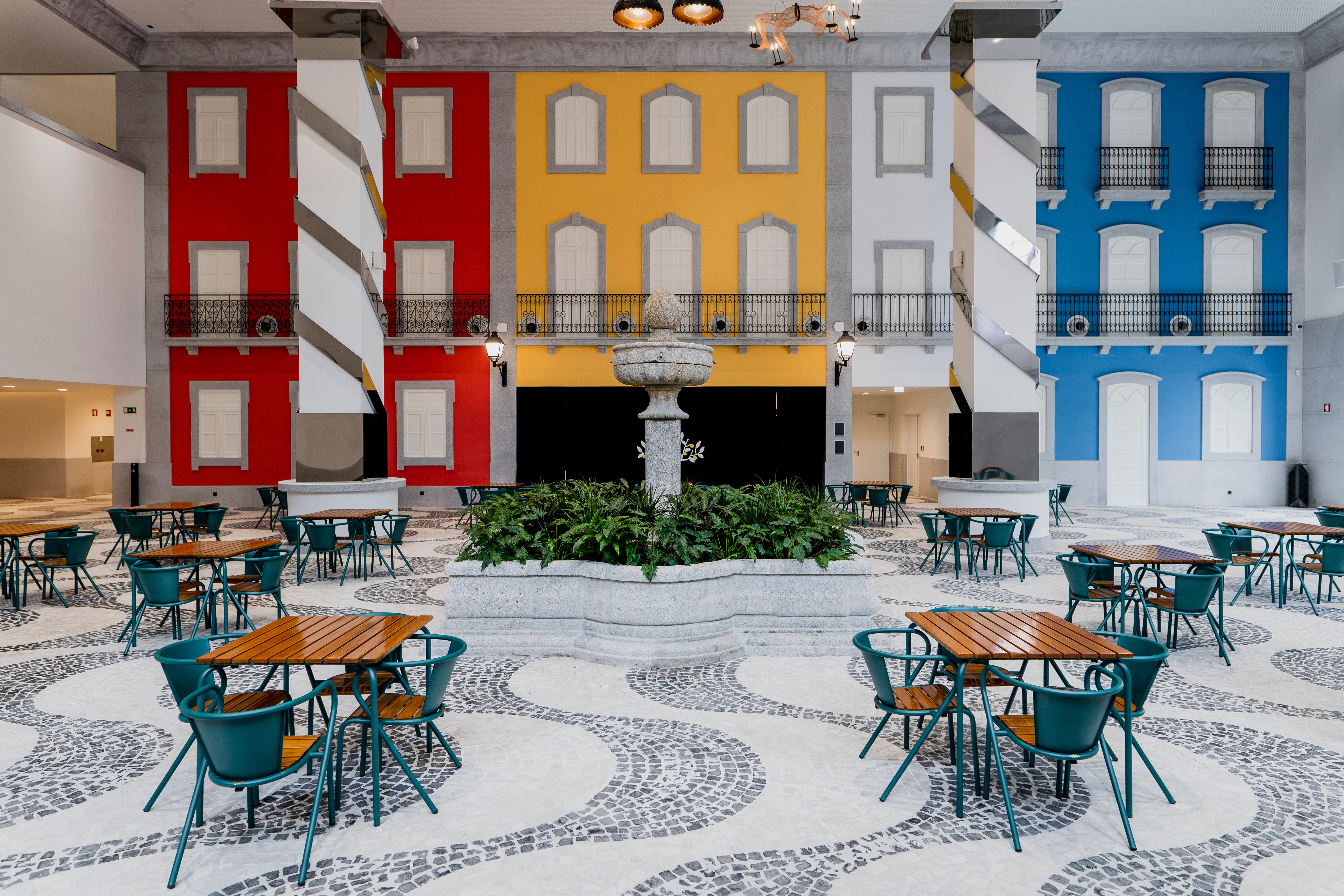
Exploration of Gaia transports you back to port’s origins. Port houses, known as lodges, invite you in for cellar tours and a taste of the wines they create; from one of the oldest founding port houses, Taylor’s, to the house known for its vintage ports, Fonseca, and 1751-established Ferreira, where atmospheric cellars encompass some of the area’s ancient streets.
Now, interest from a new generation of port lovers along with the creation of new venues has caused this side of the river to grow from being a diversion for tourists visiting Porto to a more rounded cultural draw.
To this day, vines are planted on narrow walled terraces, which are now Unesco World Heritage designated, clinging to the steep hillside rising up from the Douro River
This evolution is in part driven by the Fladgate Partnership — the company behind Taylor’s, Fonseca and Croft port houses — which has long been known for its pioneering spirit. In recent years, this pioneering approach has propelled the company’s venture into tourism and the 2010 opening of wine-inspired Gaia hotel, The Yeatman, along with Porto’s historic Hotel Infante Sagres and Vintage House Hotel in the Douro Valley.
In 2020, the company launched the World of Wine – WOW – following a five-year, multimillion-euro development that has transformed a historic area of Vila Nova de Gaia into a new wine district. You can now delve into a series of immersive cultural experiences making up this complex overlooking the river and Porto. The district’s wine school opened in May and another section of converted warehouses is to open this summer, bringing a major new wine experience to the cultural hub.
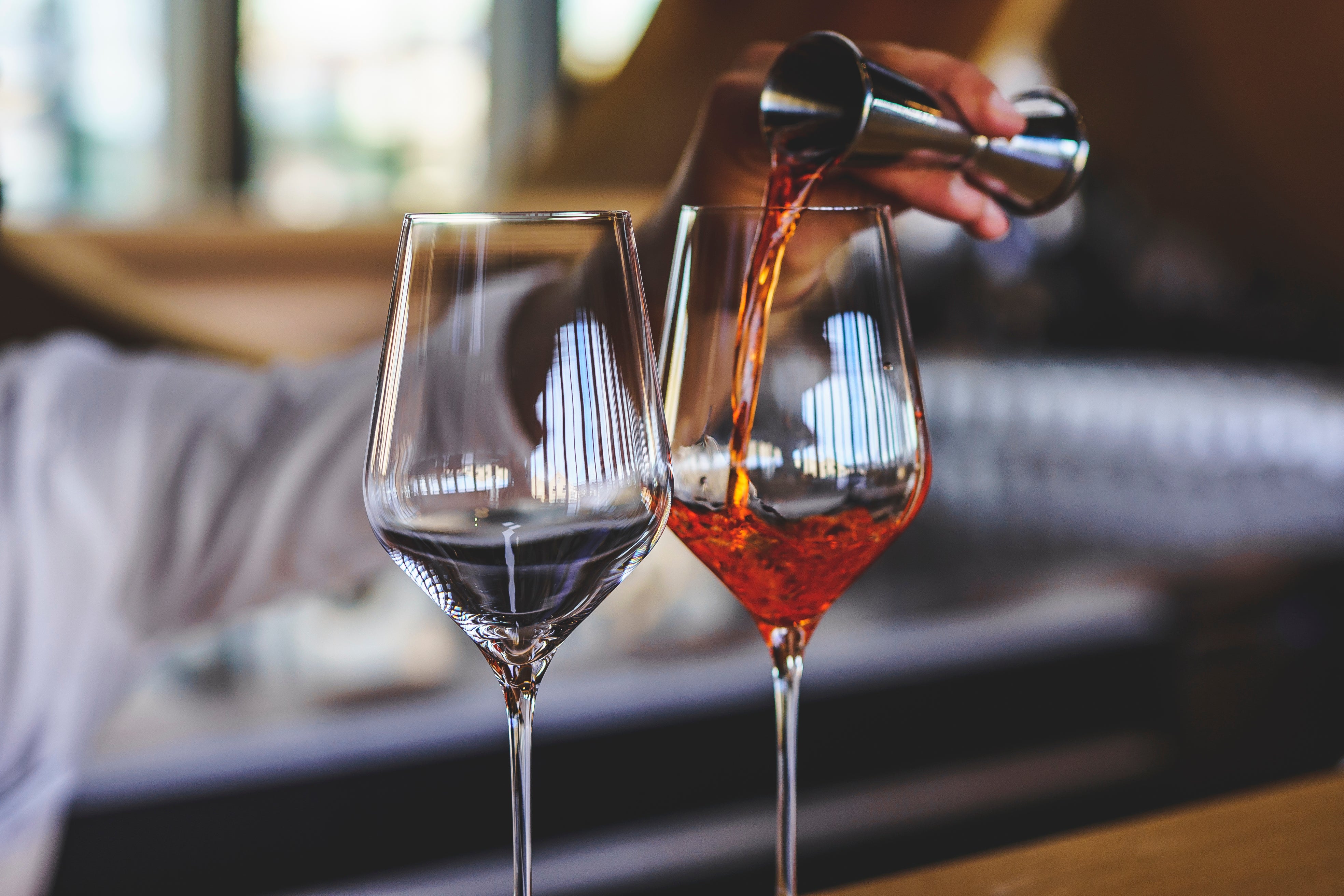
Created to give visitors a greater connection to Porto, WOW provides insight into aspects of local culture, while also representing this region’s broader wine identity, beyond port.
Adrian Bridge, chief of the Fladgate Partnership, is the creative mind behind this new district. He says: “As we now store our port in the Douro Valley, we decided to use this land in Gaia to create cultural experiences.
“There are many cellars to visit for port but until now there hasn’t been anywhere to learn about the region’s other wine. Cork is an important industry in Portugal but there previously wasn’t anywhere people could learn about it and there wasn’t anywhere you could get to know the history of the city in general. As we added restaurants, bars and more experiences to the district, it grew to a scale that’s enough to change a destination.”
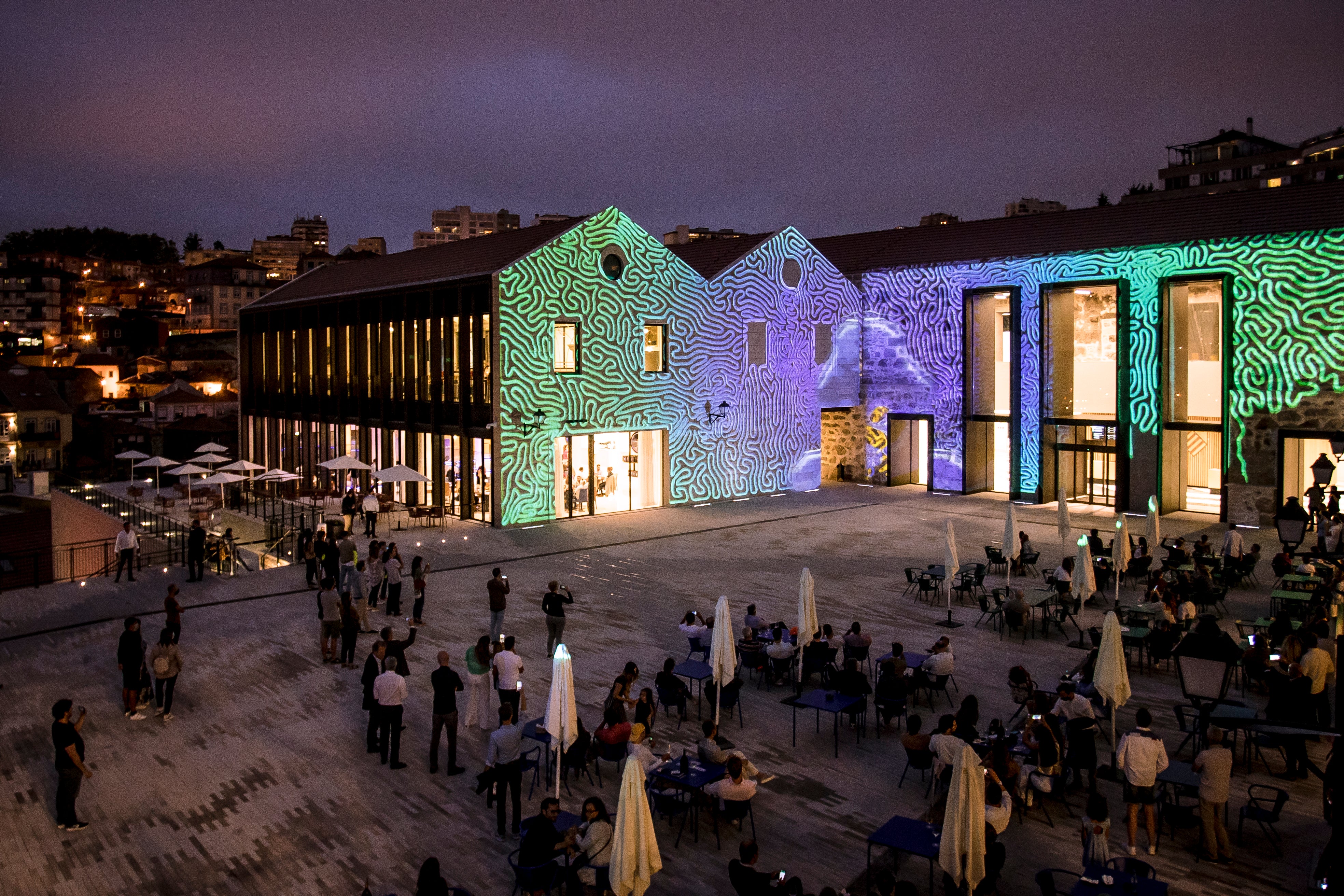
Now in addition to stopping by Porto’s heritage-steeped landmarks and soaking up the atmosphere of lively neighbourhoods like Ribeira, you can cross the Dom Luís I Bridge for a rounded cultural experience on this side of the river. A tour of a port house or two can be paired with time spent perusing the district’s immersive wine experience, Planet Cork and Porto Region Across the Ages, wine-tasting at the brand-new Wine School, marvelling at drinking vessels representing 9,000 years of history in The Bridge Collection and discovering another side to Portugal in The Chocolate Story and Porto Fashion and Fabric Museum.
Spilling out across several historic buildings, with a panoramic central plaza, the sprawling district integrates seamlessly into the area. With more wine-related experiences on the horizon, this is a side to Porto that’s clearly flourishing.
Travel essentials
Getting there
British Airways, easyJet, Wizz Air and TAP Air Portugal all offer direct flights from the UK to Porto with prices starting at £14.
Staying there
Stay at The Yeatman where rooms start from £265 per night or Infante Sagres where rooms start at £175 per night.
More information
For more inspiration and advice, see Visit Porto.
For information on World of Wine, visit wow.pt.
Join our commenting forum
Join thought-provoking conversations, follow other Independent readers and see their replies
Comments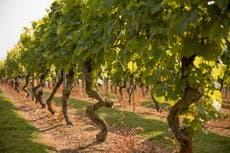
Bookmark popover
Removed from bookmarks